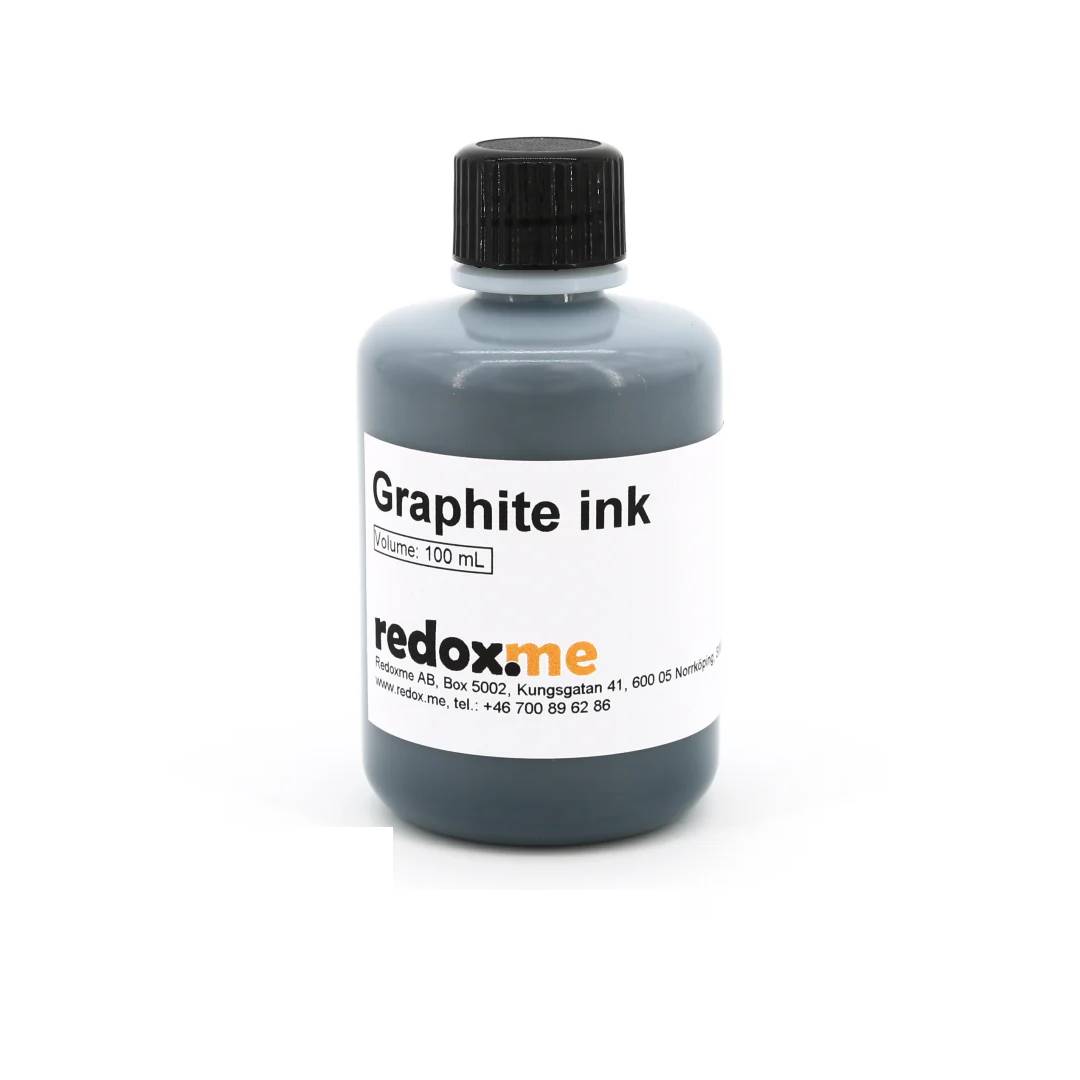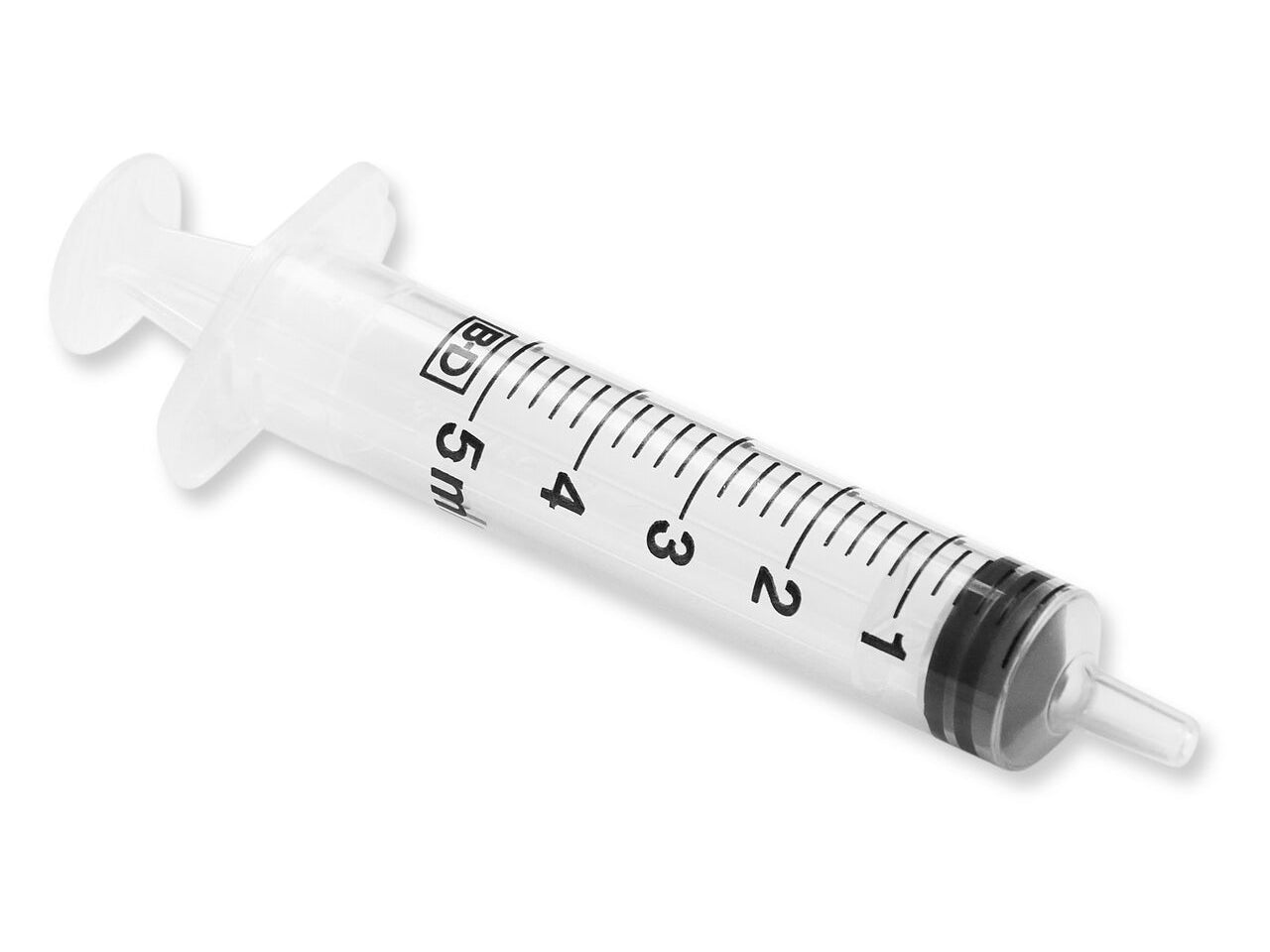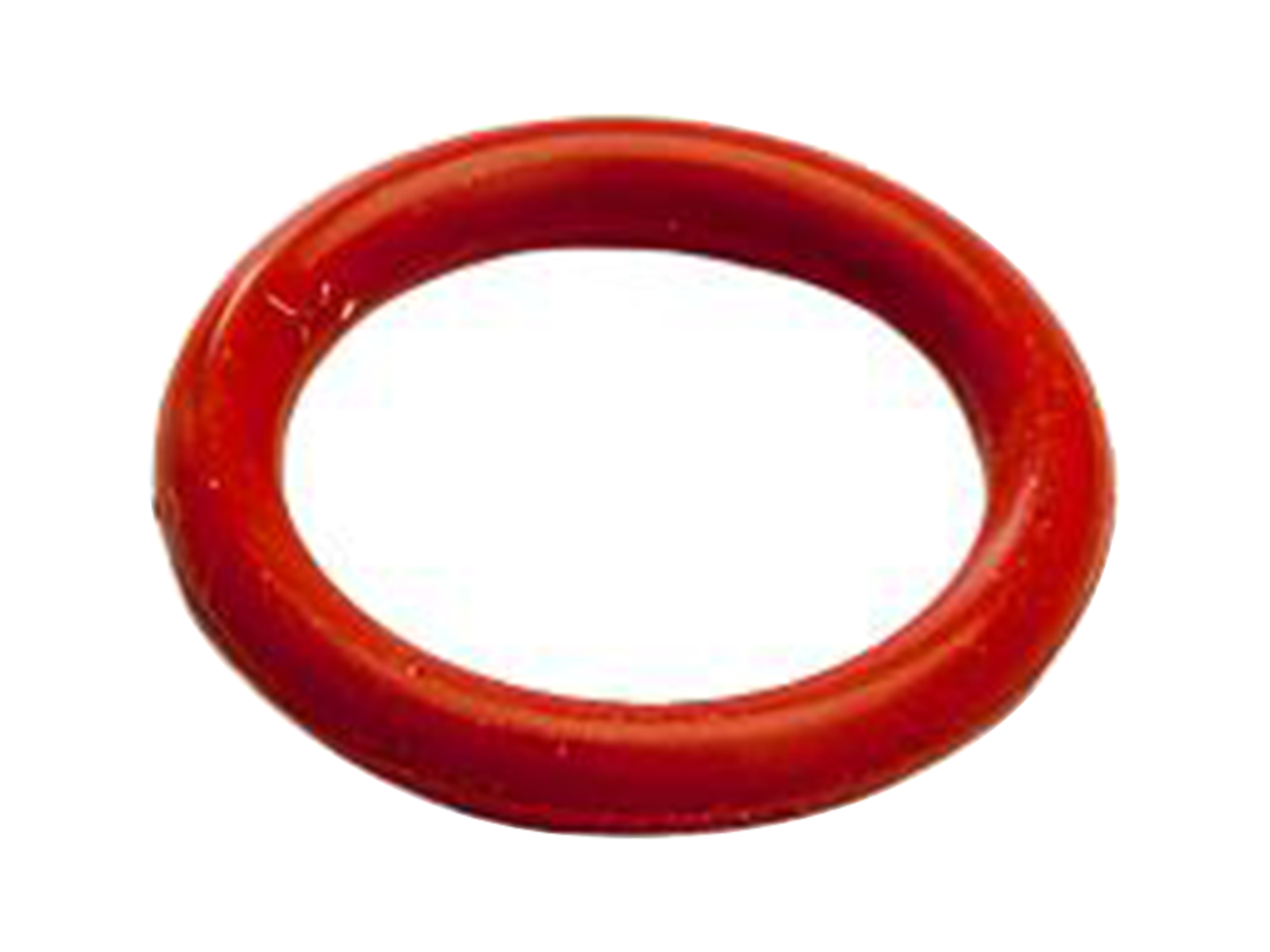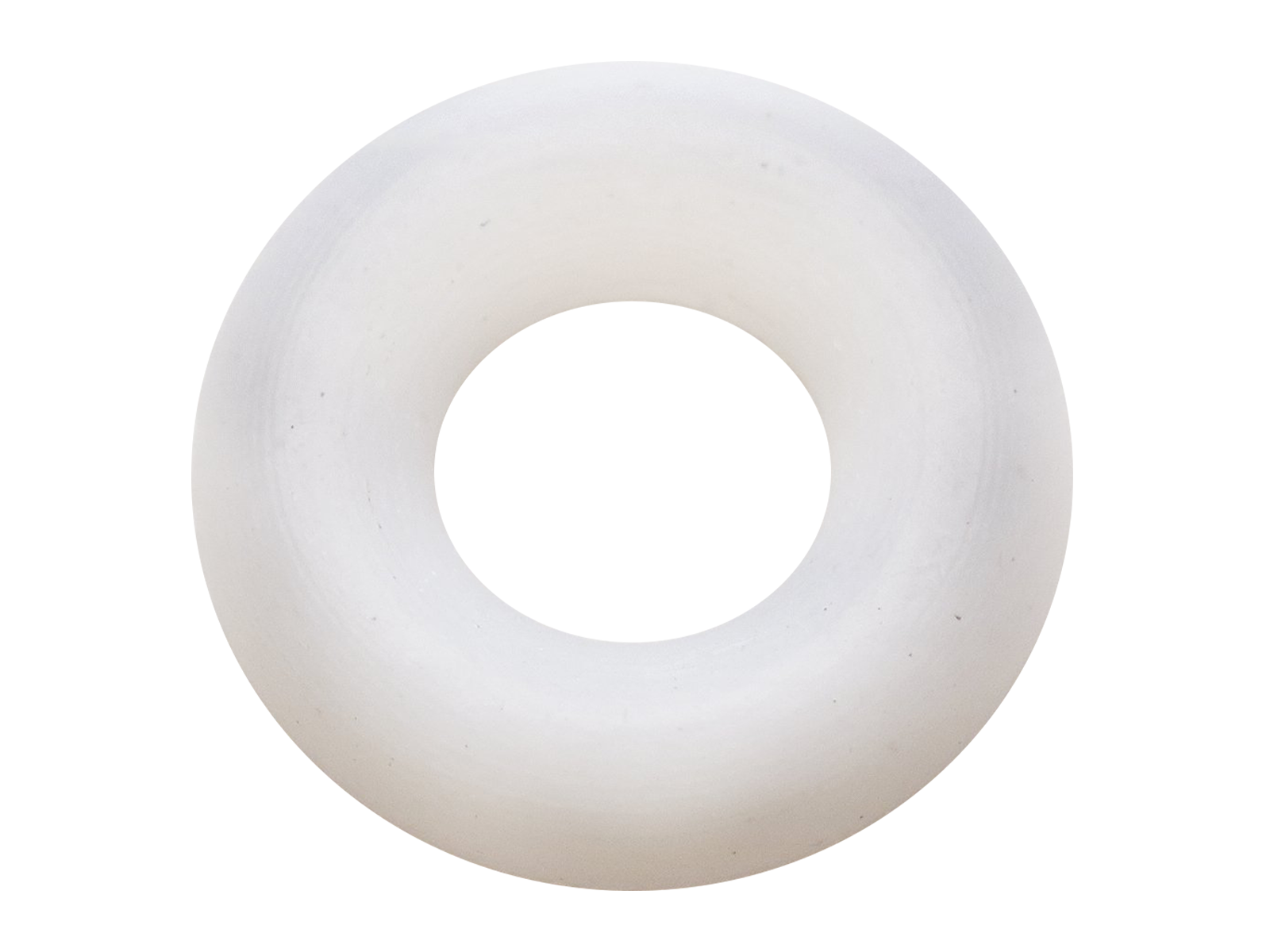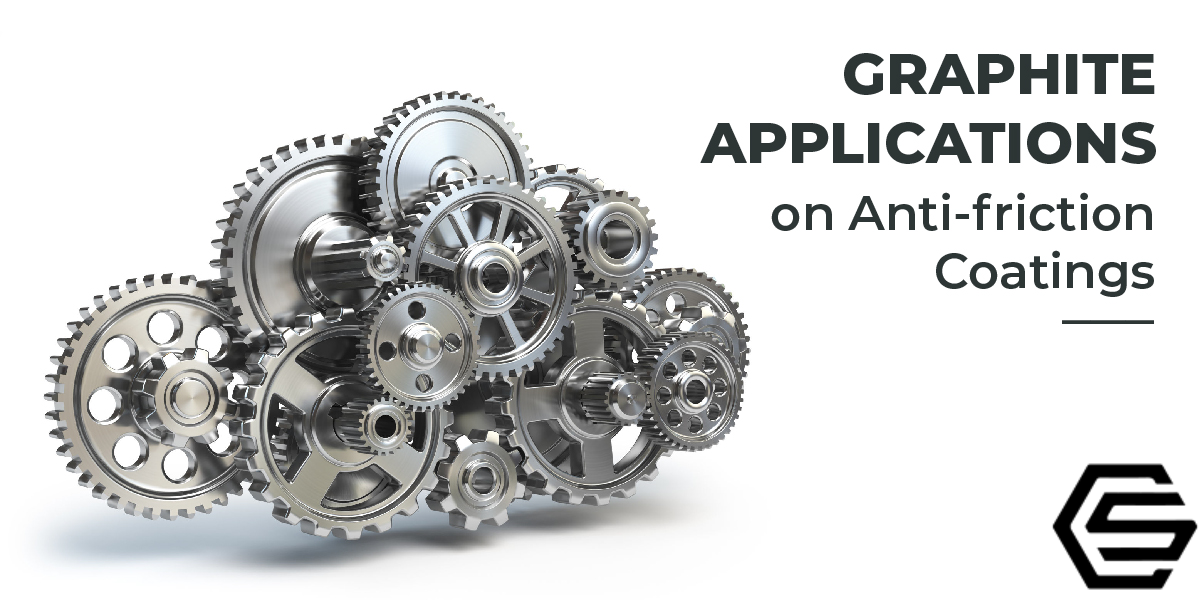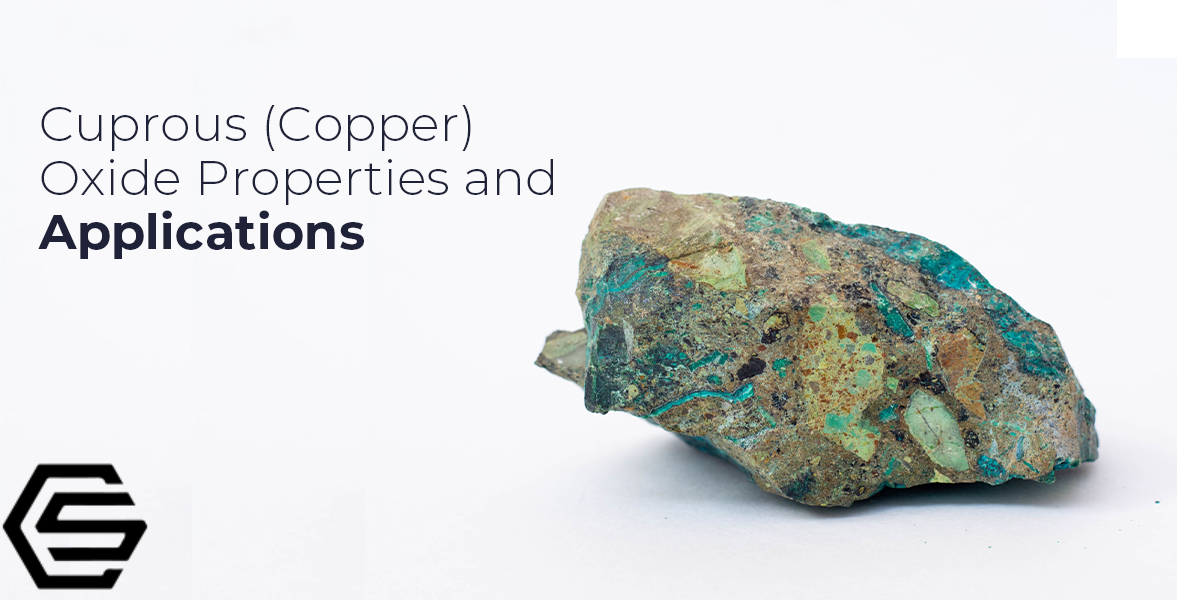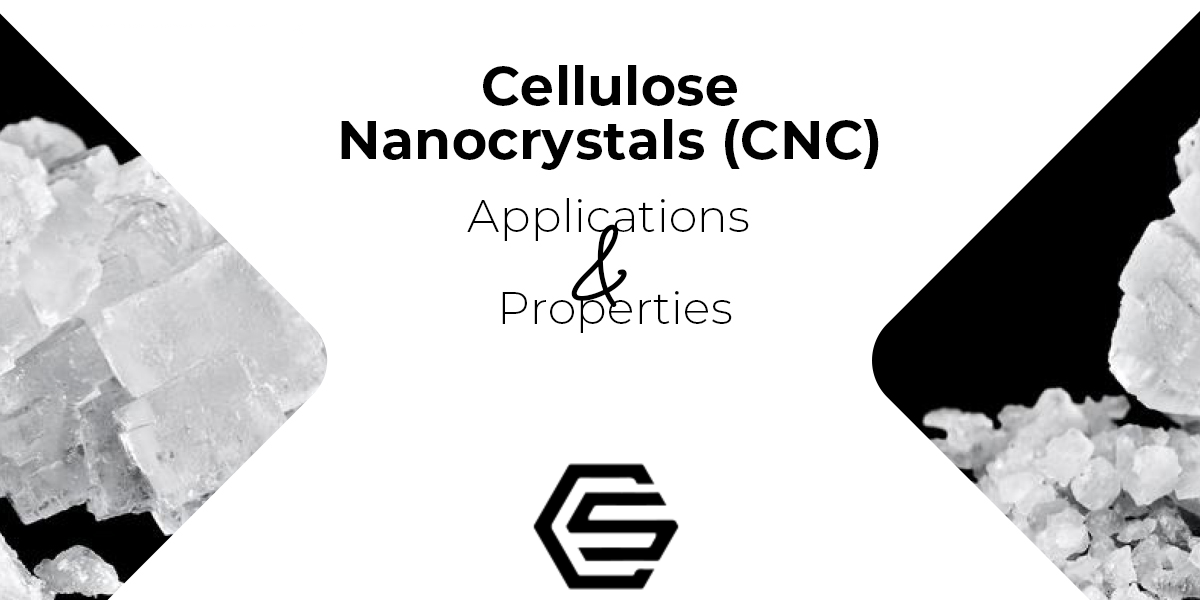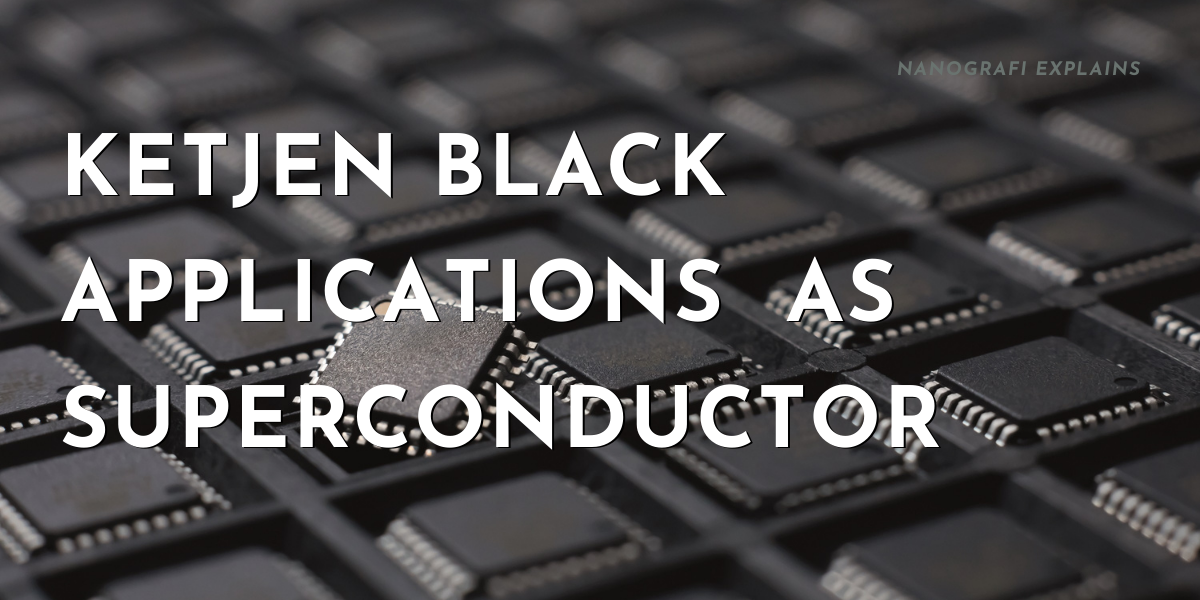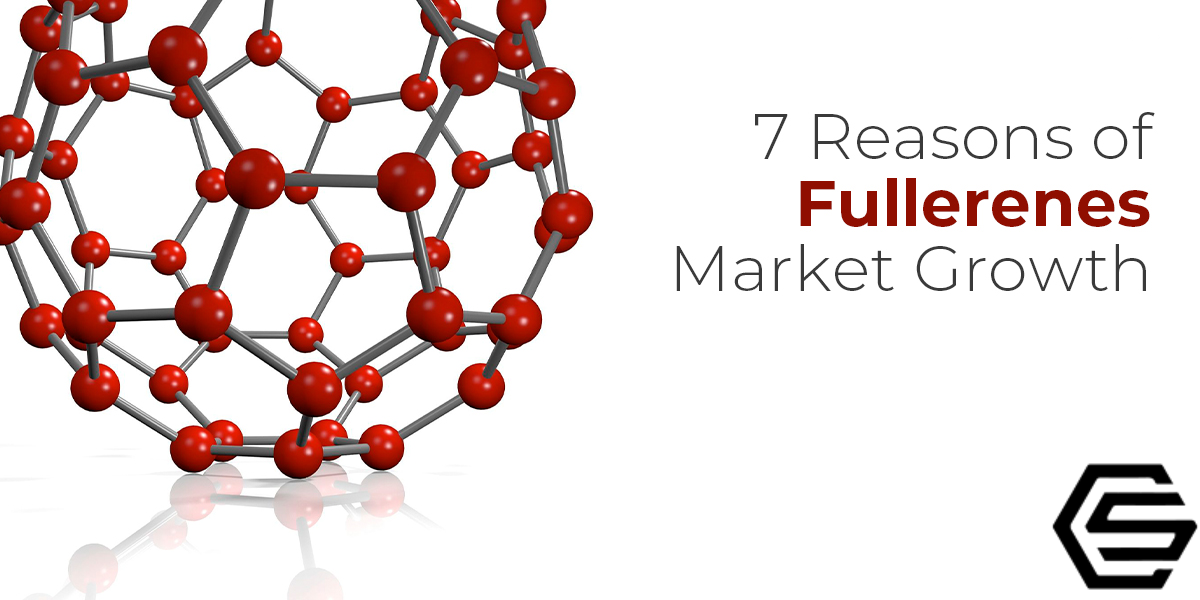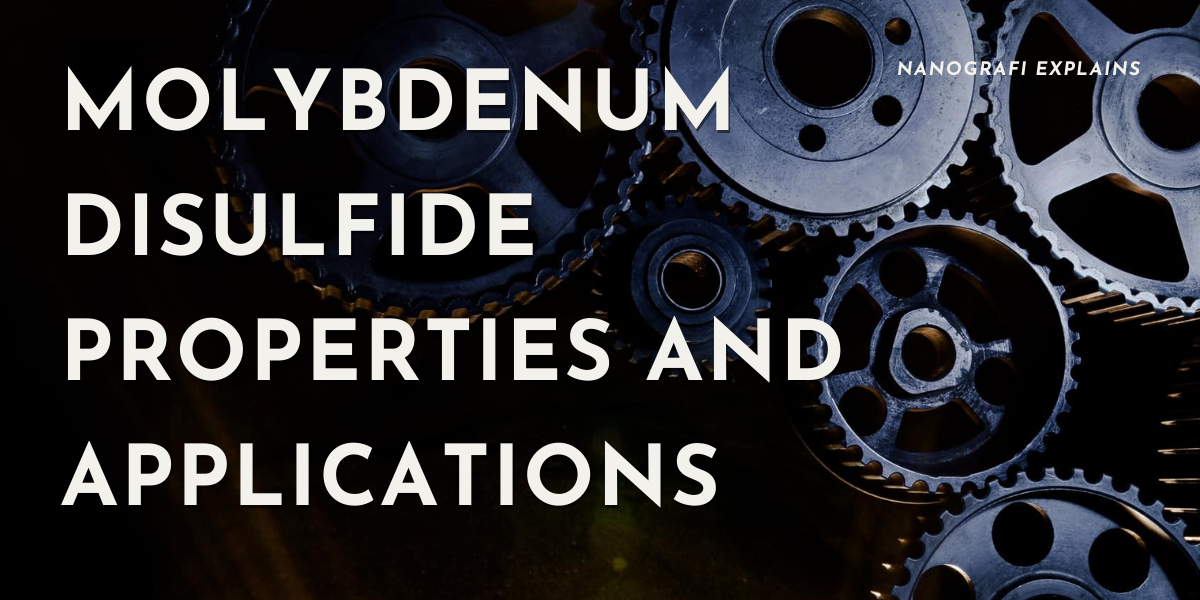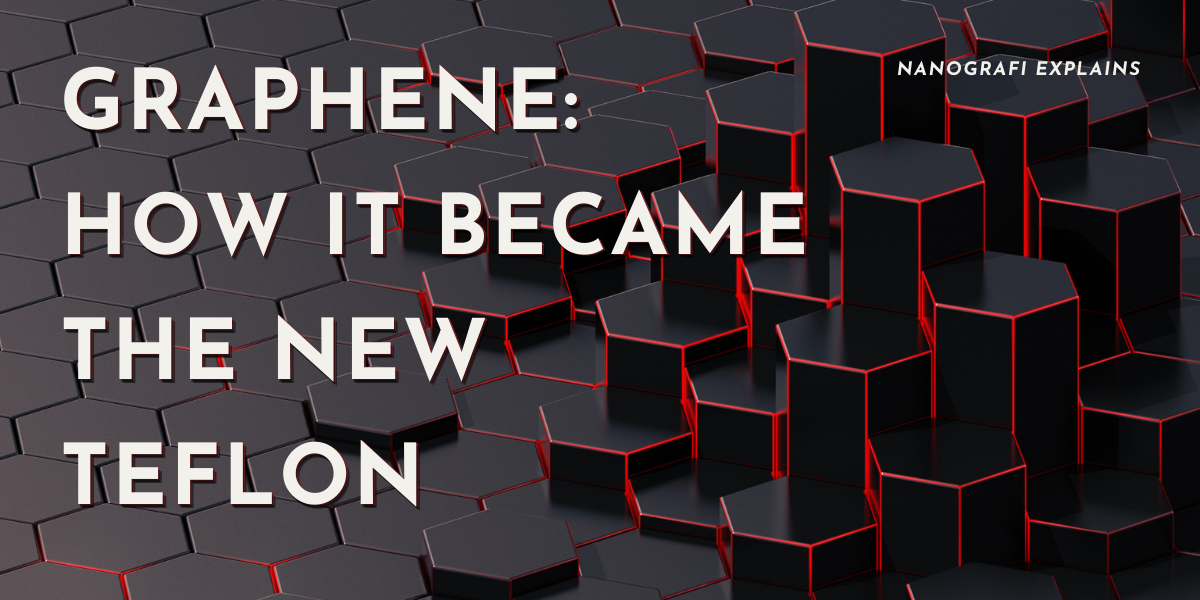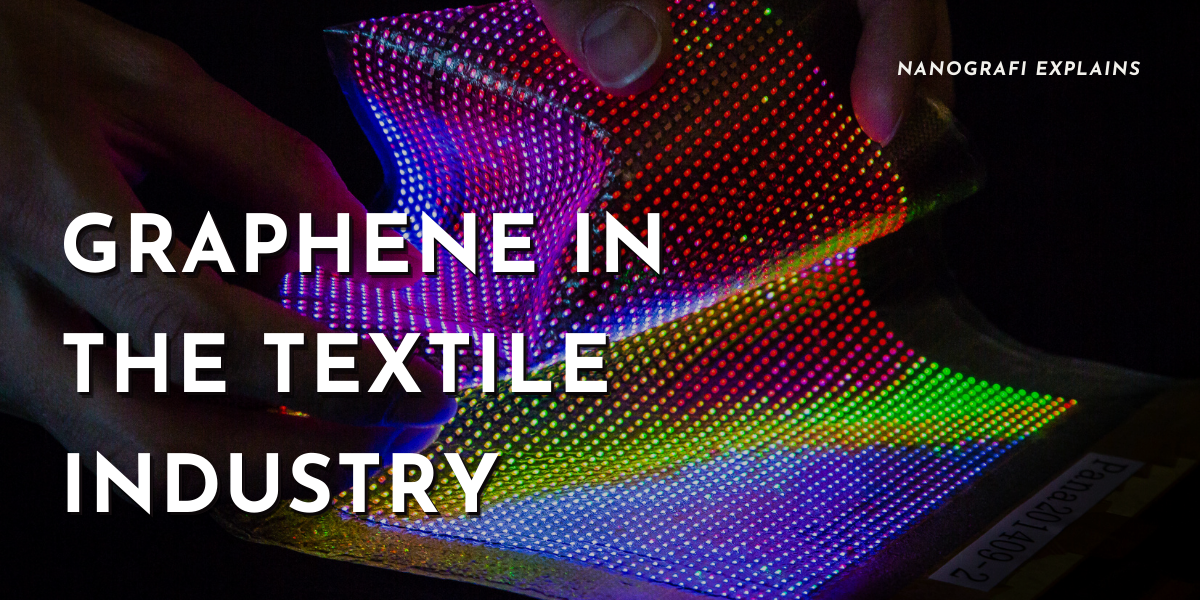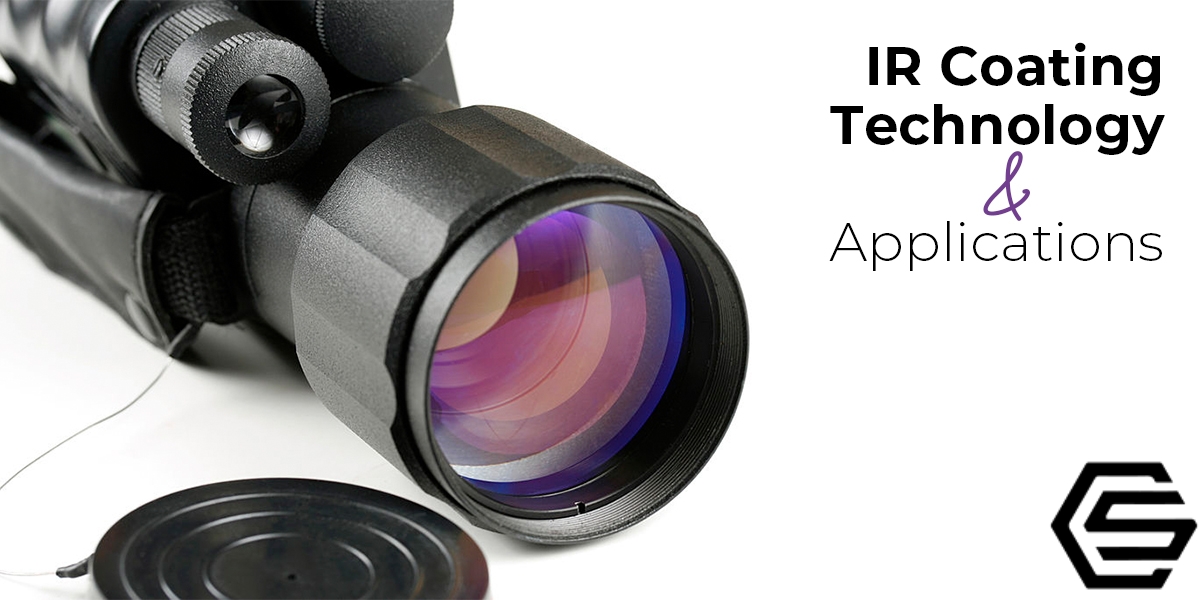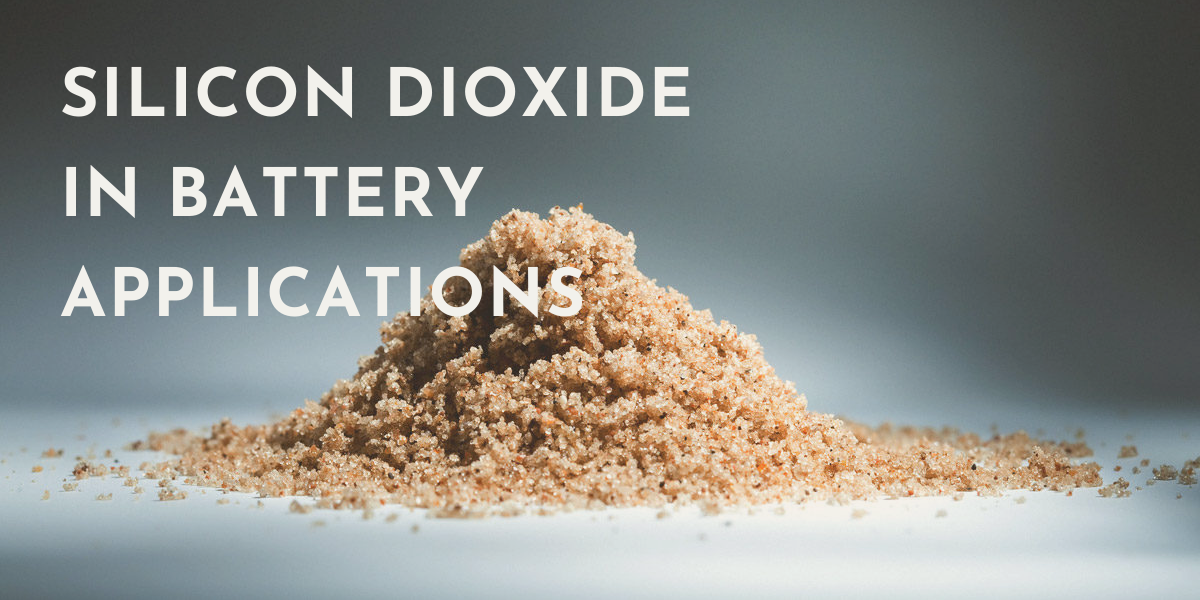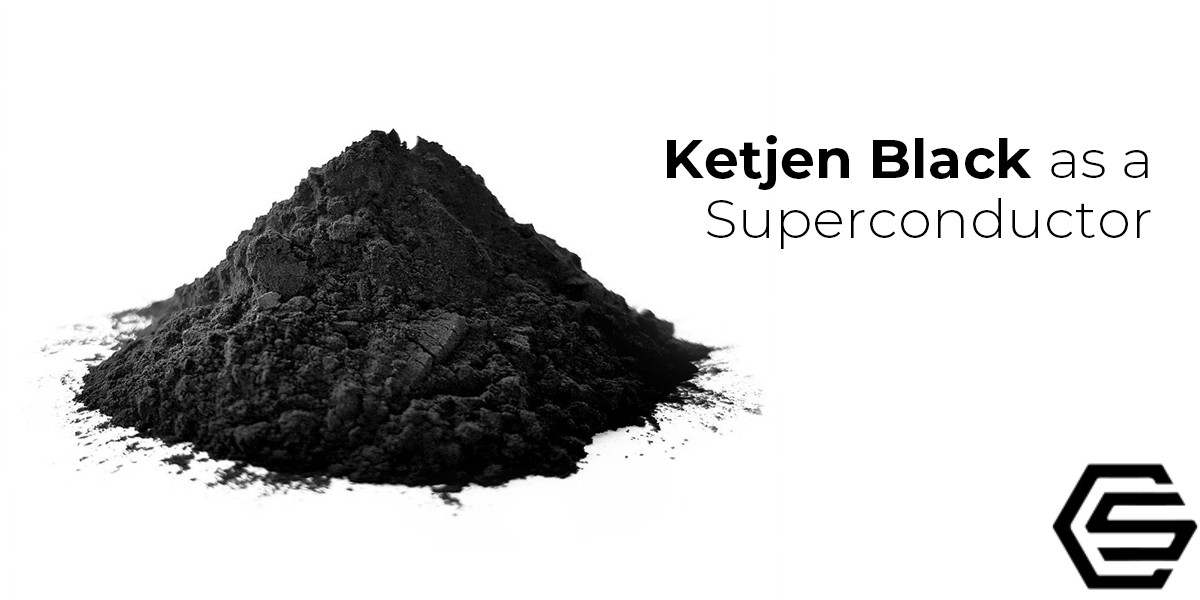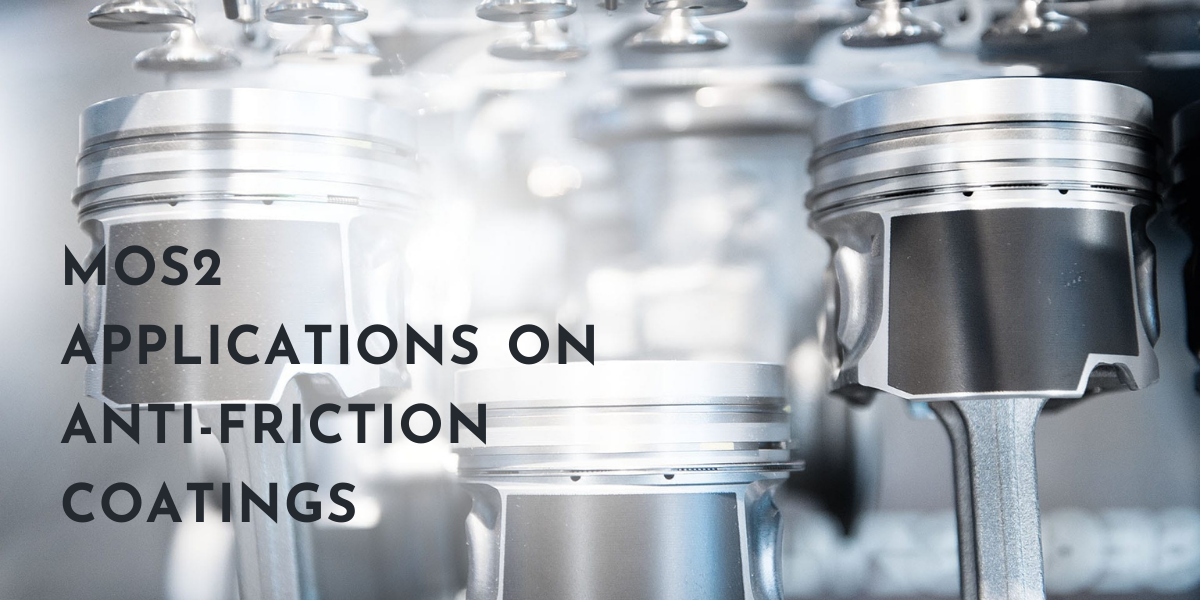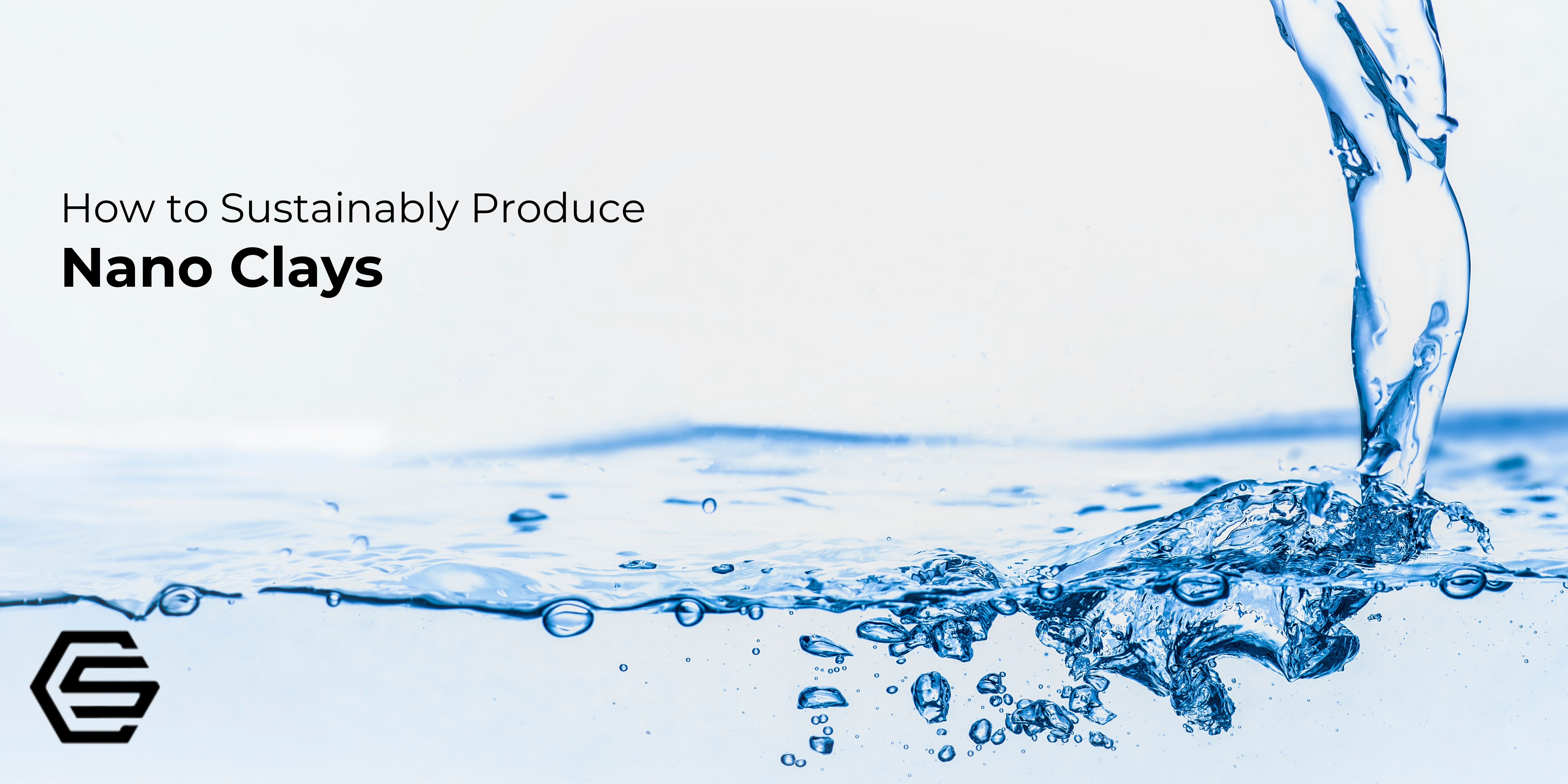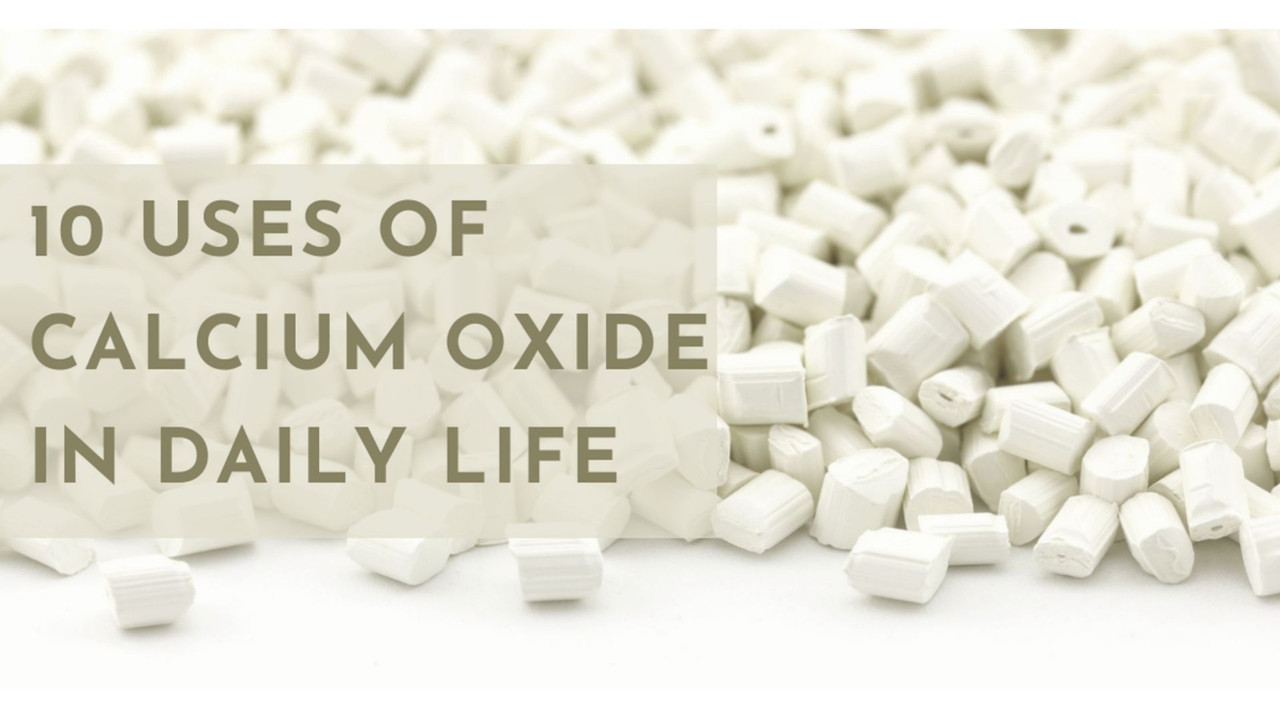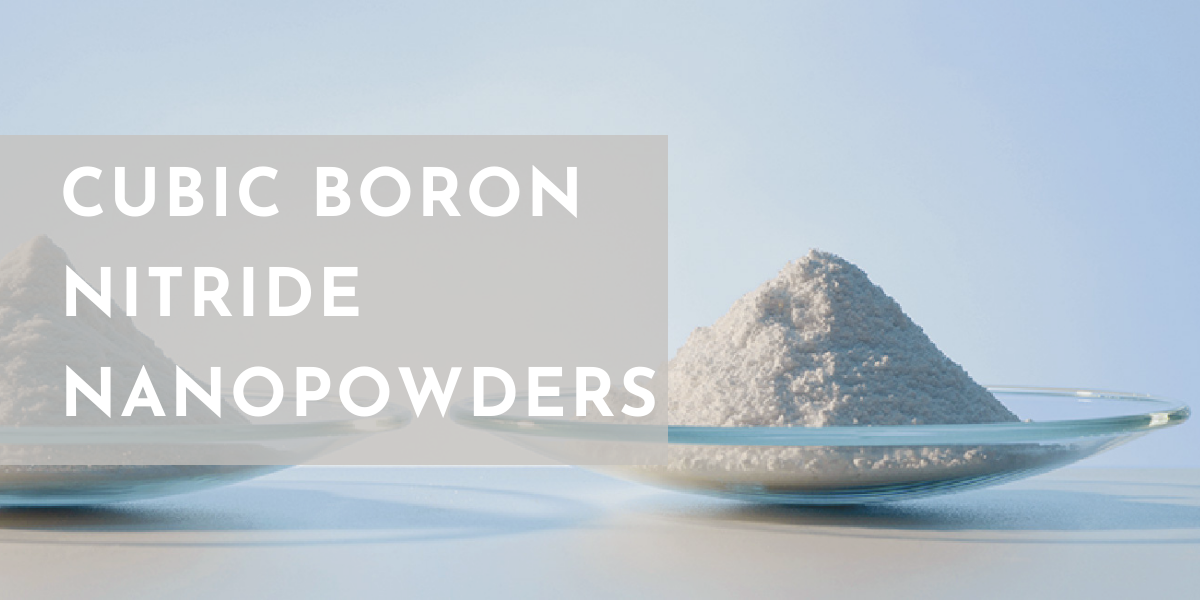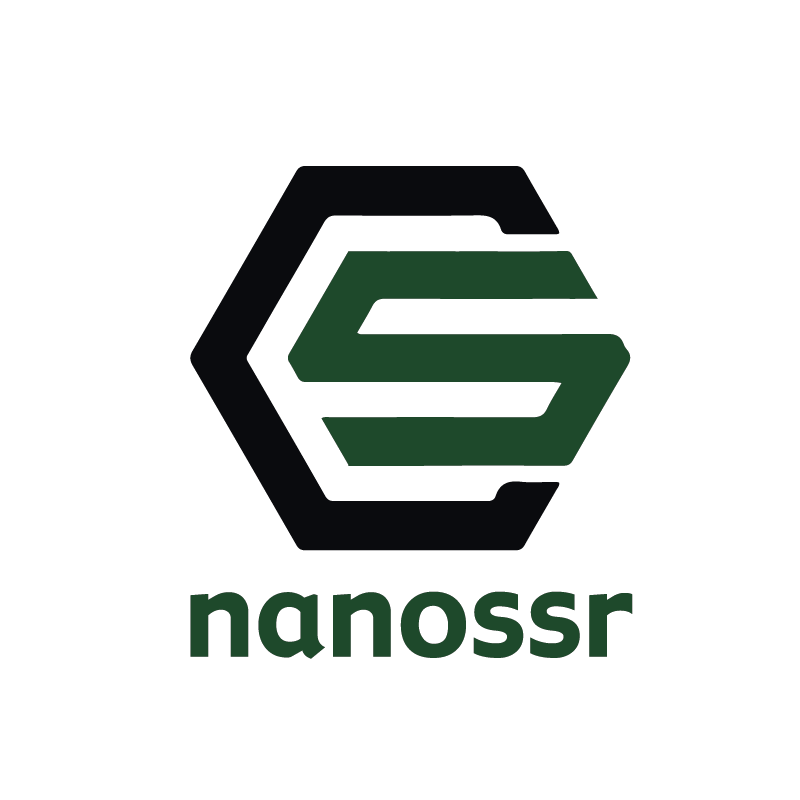Graphite Ink, 100 ML, Water-Based
Buy Redox.me products from NANOSSR at the best value.
Carbon coatings are widely used to improve performance and stability of electrodes or current collectors in electrochemical processes. This water-based graphite ink can provide highly conductive and chemically stable thin coating on various materials. Particularly application to common current collectors, such as aluminum and copper reduces their electric resistance and protects against destructive oxidation. Graphite coating can also act as conductive and protective layer on battery electrodes, separators and metals. The Graphite Ink is applied by spraying or printing and subsequently undergoes curing process.
Application note
Prior to coating, the substrate surface requires preparation for better adherence. It has to be thoroughly cleaned and dried. For detailed cleaning process please refer to section 3 in our blog post: Methods for cleaning substrates and glass chambers for electrochemical measurements. Additional steps of soaking in 5% NaOH and 1% HCl can be added (remember to rinse substrate with DI water between each step). We recommend spray coating of the graphite ink using aerograph (coming soon). The ink can be used as supplied, but if needed dilution by adding up to 65ml of water per 1L of ink is acceptable. Before use the ink has to be well mixed, however do not shake or use vortex to avoid aeration and foaming. For spray coating with aerograph transfer desired volume of ink to chamber and deposit coating. Optimal thickness of coating is 25 µm, although achieving thinner layers is possible. After deposition the coating should be dried in ambient for 24h or cured for 3-10 minutes at 70° - 95°C.
Specification
Color: black
Solid: graphite
Binder: thermoplastic resin
Solvent: water
Viscosity: 50 - 200 cP
Density: 1.09 - 1.13 kg/L
Solid content by weight: 29% ± 0.5%
Flash Point >100 °C
VOC: 10g/L
Theoretical coverage: 8.2 m2/L at 1 mm thickness
Dried coating sheet resistance: Safety Data Sheet


